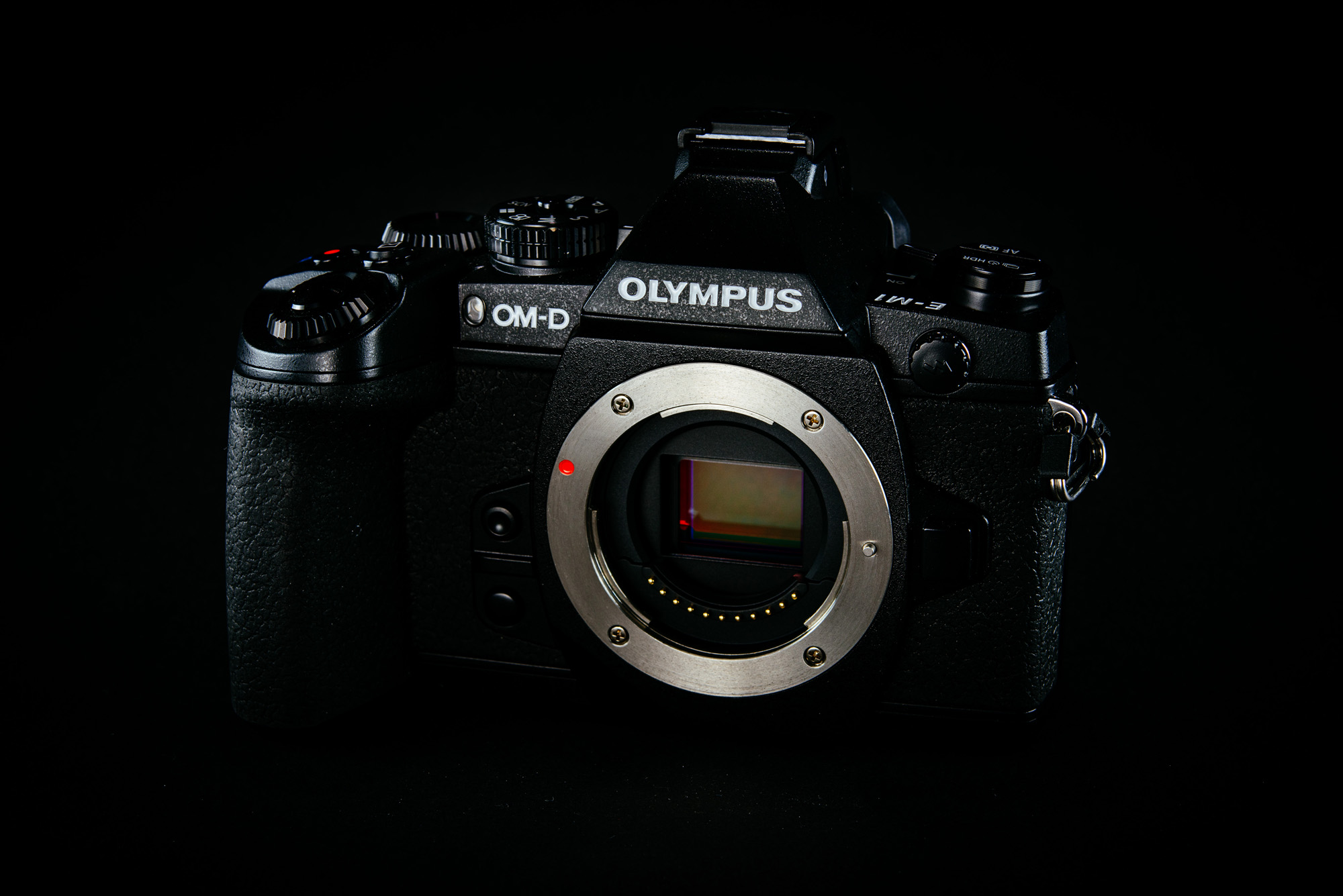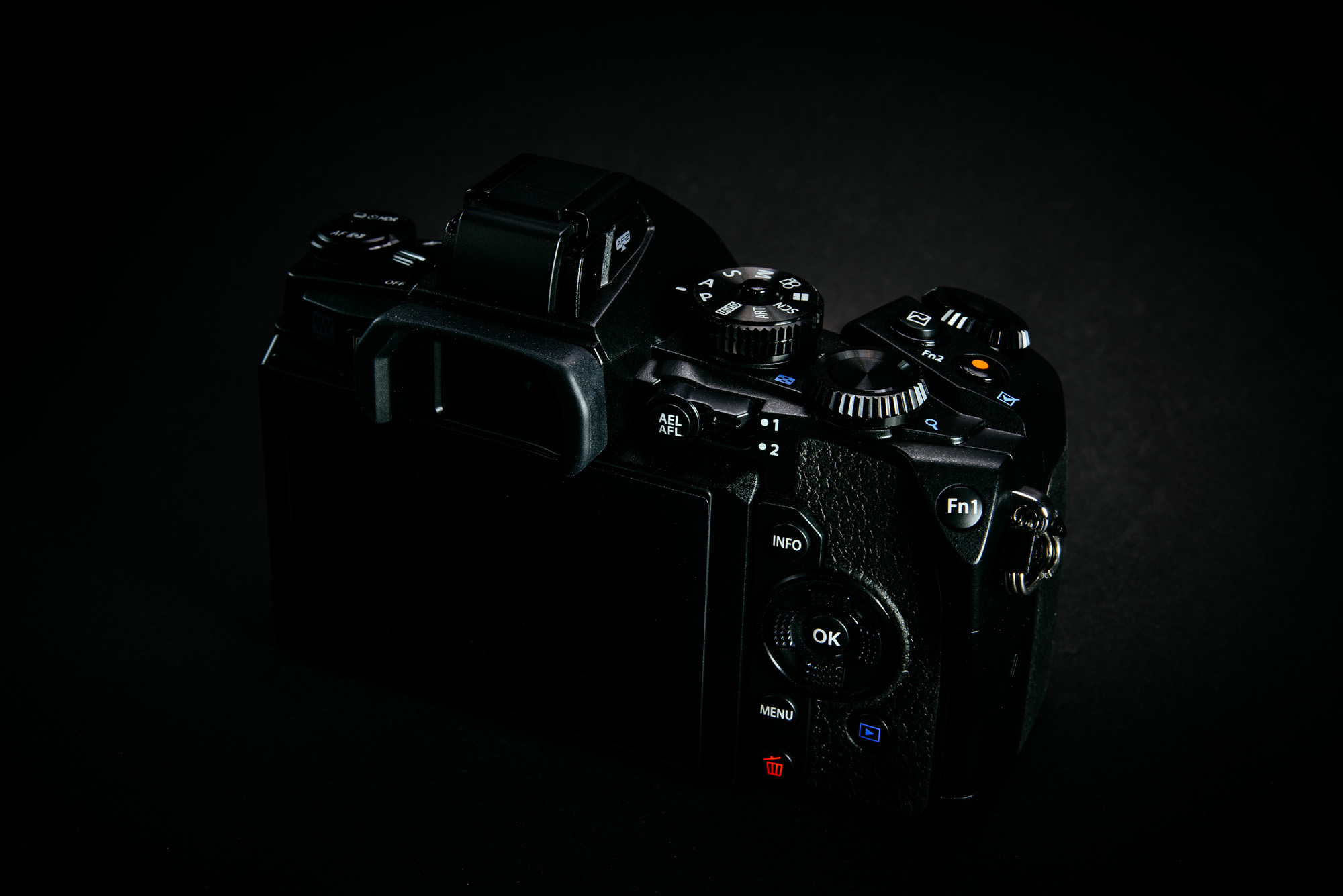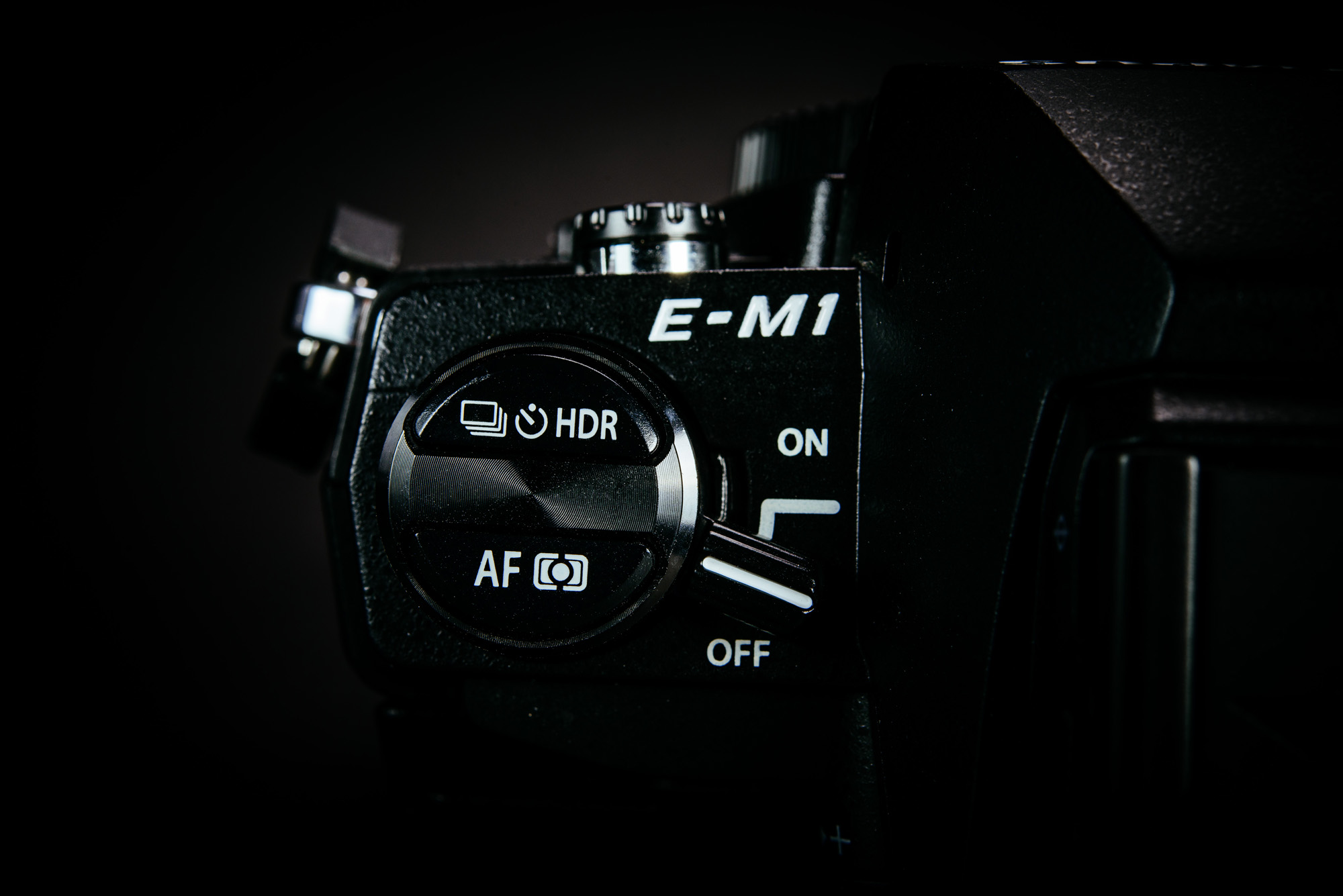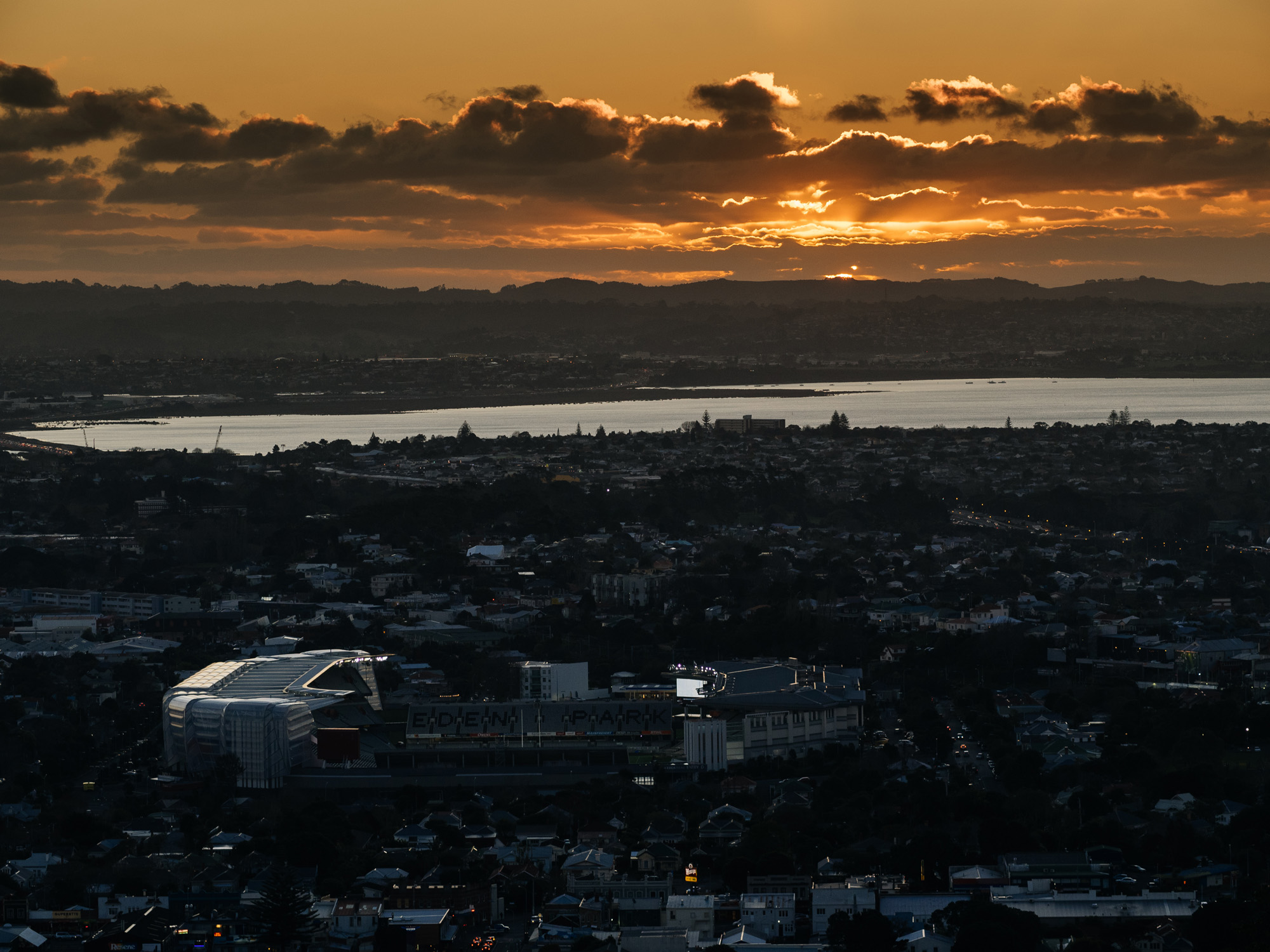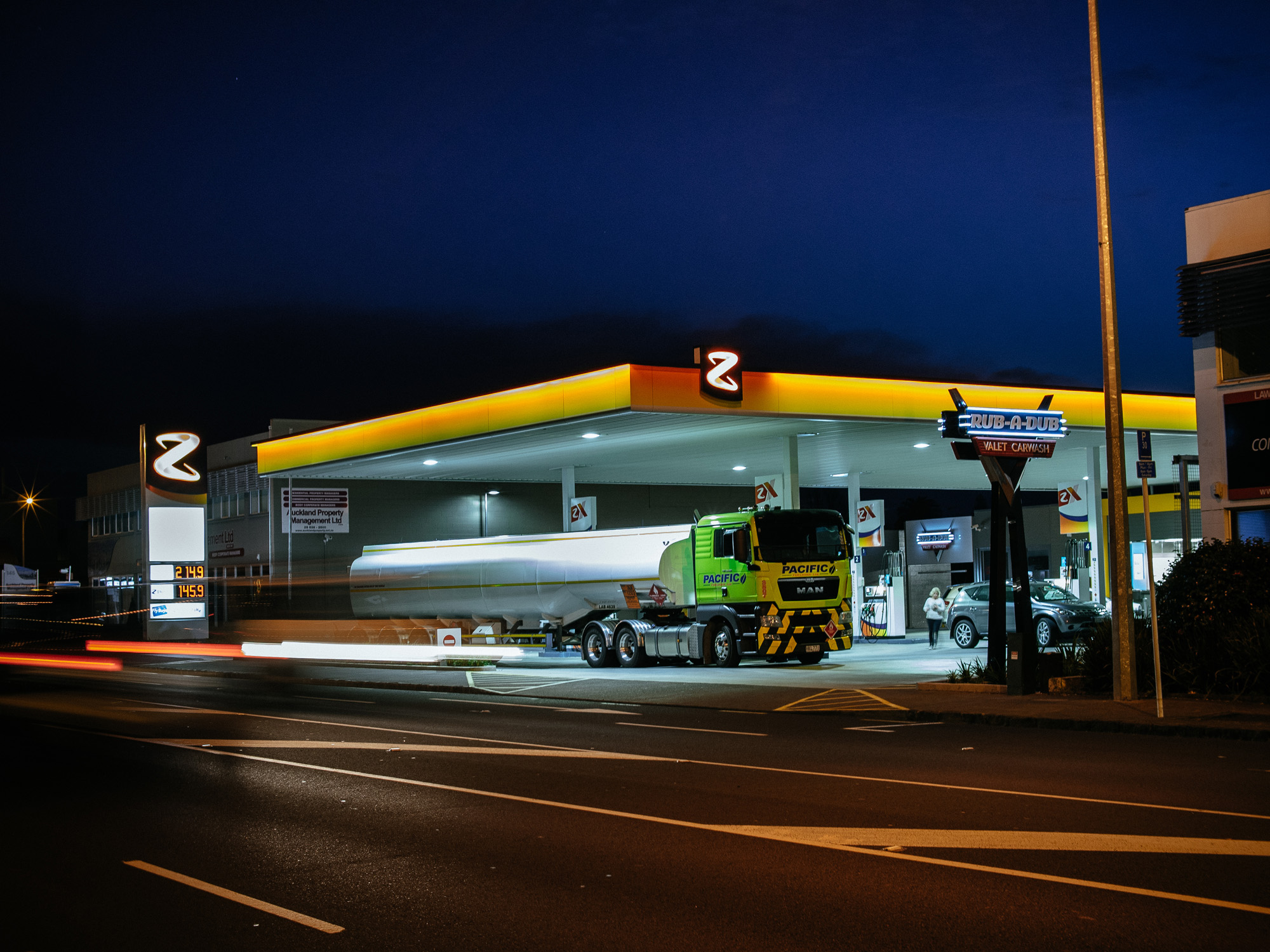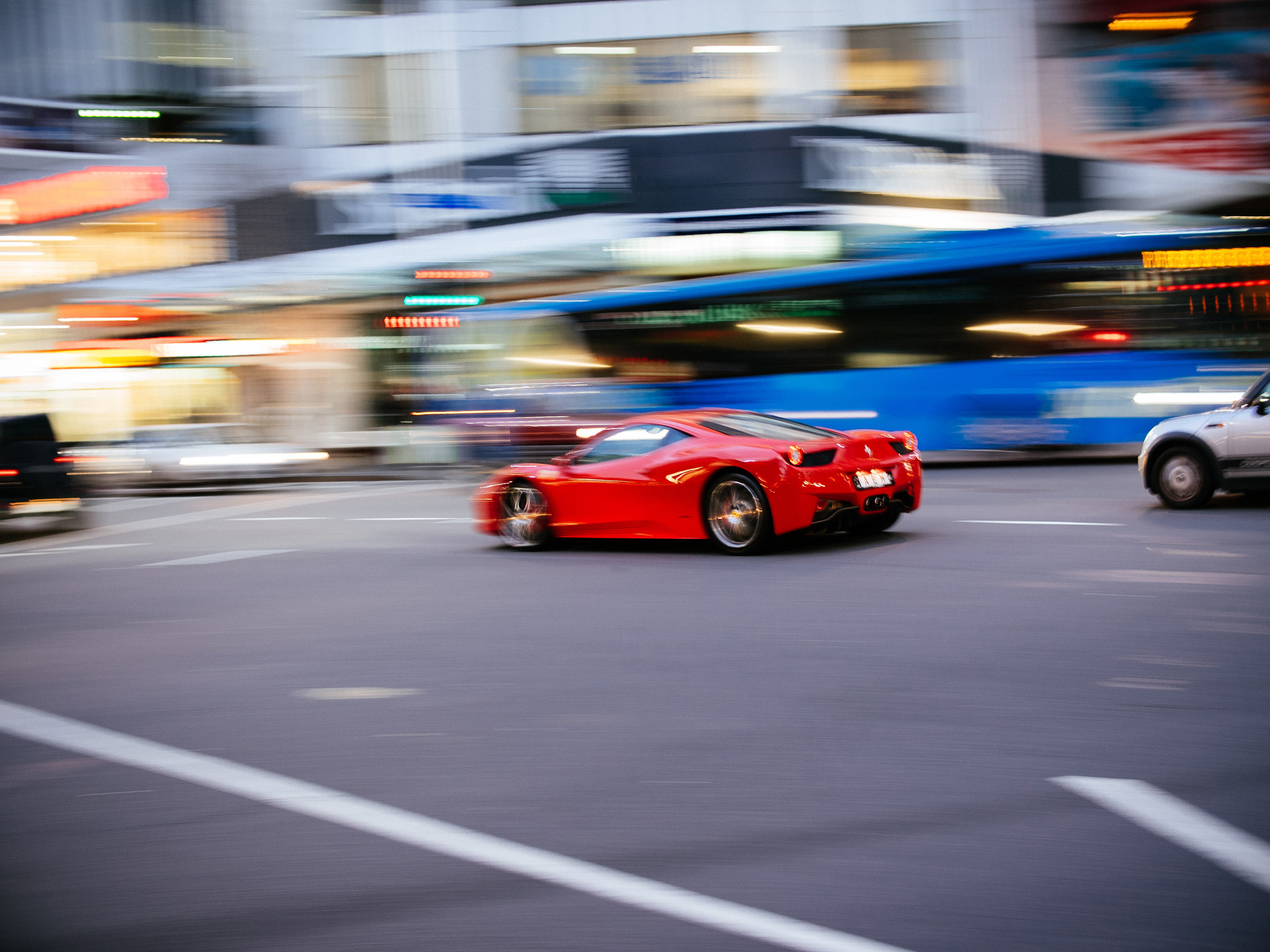The first time I used the OM-D E-M1 was last year when I was asked to write a review of this camera for the D-Photo magazine. I got the camera and a couple of lenses from Olympus and was carrying it with me pretty much everyday for about 2 weeks.
After I have finished the review for D-Photo, I was going to write a longer review for this blog. But I was busy with a few reviews for www.nikonjin.com so this review got put one side and pretty soon it looked like this is another review that’ll never got finished. That is until a couple weeks ago. I was thinking about swapping my E-M5 for a newer model because of I want the new features like built-in Wi-fi and focus peaking. The guys at Auckland Camera offered me a very good trade-in deal for my E-M5 so I end up carrying home a brand new E-M1. Actually I was tempted to go for a Fuji XT1 instead because of it’s fantastic APS-C sensor. But since I already got a few good micro four thirds lenses and I do prefer E-M1’s control and build quality more, so in the end I still stay with the micro four thirds family.
So enough of the background story, back to the review.
The Olympus OM-D E-M5 was the first Olympus camera in the OM-D line that continue it’s “OM” SLR camera spirit in a completely new digital format. Announced in February 2012, the E-M5 came with a 16M image sensor, an awesome 5 axis in body image stabiliser (IBIS) system, a really fast autofocus system and lots of very cool and innovative features. All in a small, beautiful, classic style body. Not surprisingly, it received very good reviews and quickly became a very popular camera. A year and half after the E-M5 was born, Olympus introduced the OM-D E-M1 as Olympus new flagship camera and also considered as the Olympus E-5’s successor. (the last Olympus four thirds camera). Olympus targets this camera to the enthusiast amateur and also professional photographers.
Body/Design
It’s easy to see the E-M1, E-M5 and the little brother E-M10 are all from the same family. They all have a very similar classic design that is inherited from the old Olympus OM cameras. The E-M1 is a weather proof camera and has a metal body just like the E-M5. The build quality is excellent and it feels really solid and probably can take a bit of physical abuse (no i didn’t test my camera).
While I was using my E-M5, one thing I don’t like is it’s grip. The grip is really too small and holding it is just not comfortable at all, unless you install the optional grip. Good thing about the E-M1 is that it has a much bigger grip which provides excellent support. There are a dozen additional buttons and dials that allows you to quickly adjust all the important settings. These changes really improve the handling of the camera significantly and are the main reasons why I went for the E-M1 instead of the E-M10. On the flip side, the bigger grip and extra buttons also made the camera look very busy and the retro style look a bit weird. Compare to the beautiful and clean design of the E-M5 or E-P5, the E-M1 really looks a bit … hm.. yeah ugly.
How many buttons are there?
While it may look a bit ugly, it doesn’t mean the guys at Olympus did a lazy job when designing the body. Most of the buttons and dials are placed at very sensible position so you can change your settings quickly and easily. And if you are not happy with the default layout, a lot of the controls are customisable as well so you can reassign your buttons to do different things. The 2×2 dial control from the E-P5 is also available on the E-M1 so you can use the two main dials to do adjust different settings by flicking the 1-2 mode switch. It’s really a cool and useful feature but I was a bit disappointed that Olympus didn’t allow you to completely customise the 2-2 dial control. You can only select from a pre-defined dial combination list that may not be exactly what you want. For example, when I’m shooting with my Voitlander 25mm f/0.95 lens, a manual focus, manual aperture lens. I would want to setup the two main dials to control the shutter speed and ISO. Unfortunately the camera doesn’t have this as a pre-defined combination and I have to either use additional button or flick the mode switch all the time to change the shutter speed and ISO. A bit disappointing on an otherwise very customisable camera.
The main camera dials are very nicely made and response almost instantly with minimal lag. The directional pad buttons on the back of the camera doesn’t have that rubbery soft feeling you get from the E-M5, the feedback when pressing those buttons is much more crisp and direct.
If you have seen or used the Olympus OM-2 SLR, the two semi circle buttons and the power switch at top left of the E-M1 would remind you about the OM-2’s film rewind knob and the mode switch. I think it’s quite a clever design but I can see some users may not really like it because the power switch is not placed at the most convenient position. It requires two hand operation if you want to pick up the camera quickly and shoot a photo.
Does it look like OM-2’s film rewind knob?
The E-M1 doesn’t has a built-in flash. Instead it has a tiny clip on external one just like the E-M5. When I bought my E-M5, I thought I would use the external flash quite a bit, but end up my flash count was only 2 when I trade in the camera. The first flash was fired by Olympus staff when they testing it I suppose and the second flash was fired when I first bought the camera. Yes I NEVER use the flash again after that because of it’s clumsy design that requires you to take off (and store somewhere) a few plastic covers before you can attach the flash. Unfortunately the E-M1 is pretty much the same so I don’t think I’ll be using the external clip on flash at all. I understand the weather proof + big EVF makes it hard to have a built-in flash. But why can’t they design something that is a bit easier to use?
Because of the bigger grip and more solid beefy body, the E-M1 is not really a small camera anymore. It’s still quite a bit smaller than the Nikon D7100 or Canon 7D, it’s main competitors, but the E-M1 is not really a pocketable camera anymore, not even coat pocketable. I don’t really mind as I put the camera in my day bag and it’s still a lot smaller and lighter than my full frame Nikons. But if you want a really small and light camera, you should consider other micro four thirds cameras like the E-P5 or E-M10 instead.
EVF / LCD
The E-M1 has a built-in electronic viewfinder. And it’s a very good one. The resolution is 2.4m dots which is almost double the one on the E-M5. The size is pretty much the same as the optical viewfinder on my D800. It’s HUGE! It updates at pretty high frame rate and has minimal lag too.
The EVF can also automatically adjust it’s brightness according to the ambient light condition. This makes the EVF behaves more like a OVF and have less stress on your eyes when you are shooting in dark places. The main LCD screen is a 3″ tilt-able one, similar to the E-M5 one. But it is a bit thicker and hopefully it means the LCD screen bezel won’t crack like my E-M5. The LCD display is quite sharp and clear but there are some better LCD screens that is a bit brighter and more vivid.
I found that I tend to use the excellent EVF most of the time when taking photos with the E-M1.
Image Sensor
The output resolution remains at 16MP, and it’s paired with Olympus’s latest TruePic VII processor. It’s same resolution as the E-M5 and overall image quality is very similar to the E-M5 too. The new “low” ISO 100 could be handy for JPG shooters but means nothing for photographers shoot in RAW. At high ISO the image quality seems slightly better with better colour and definition. Image quality at ISO 3200 is still fairly decent and I may go up another stop or so if I really have to.
The dynamic range is also really good and I don’t have to worry too much about highlight blown out which was a problem with the earlier micro four thirds cameras. The sensor doesn’t have any anti-aliasing filter which should give better sharpness, but in reality the improvement is tiny and probably non-noticeable under most situations.
Olympus OM-D E-M1 + Olympus 75mm f/1.8 – f/3.2 1/500s ISO 200
Autofocus
The Olympus OMD E-M1 is Olympus’s first micro four thirds camera that has both contrast and phase detection autofocus system. The on-chip phase detection AF is primarily used to improve the autofocus performance with the legacy Four-Third lenses. Since I don’t have any four thirds lenses I couldn’t test how the performance is when using those legacy lenses. The contest detection autofocus system is used with the native micro four thirds lenses. It is lightning fast and accurate, especially when you are using one of the newer lens like the Olympus 45mm f/1.8 or the 75mm f/1.8. The autofocus performance is so good that it makes some DSLR feel embarrassed, well at least when you are shooting in single AF mode.
Continuous AF or AF Tracking on the other hand is still a major weakness for pretty much all the contrast detection based AF system. All the previous micro four thirds camera I’ve used so far perform poorly in this area as well. This is a limitation of the contrast detection system as it relies on moving the lens forward and backward to figure out what direction the object moves. The EM1 make use of the on-chip phase detection AF system (what DSLR uses) to assist AF tracking, and it appears the AF tracking performance is indeed better than the previous Olympus micro four third cameras. It’s still nowhere as good as a DSLR, but it’s definitely getting better and a lot more usable.
Olympus OM-D E-M1 + Olympus 75mm f/1.8 – f/1.8 1/1250s ISO 200
Olympus OM-D E-M1 + Olympus 75mm f/1.8 – f/1.8 1/1250s ISO 200
In-body Image Stabilisation
Some people choose the Olympus instead of the Panasonic micro four thirds camera because of Olympus’s awesome in-body image stabiliser. Even though the latest Panasonic camera starting to have in-body image stabiliser (GX7), it is no where as good as Olympus’s 5-axis in-body image stabiliser.
I was amazed by how slow shutter speed I can push when using the E-M5 handheld. Its the same for the E-M1 as it’s improved 5 axis stabiliser is based on one from the E-M5. I did some 1/2s exposure handheld my E-M1 with a 25mm lens (that is 50mm equivalent) and got really usable image. That’s probably as good as you can get with ANY stabilisation system, unless you are using something called a tripod. And the good thing with the in-body image stabiliser is that it works with any lens, even non micro four thirds lenses through an adapter.
Olympus OM-D E-M1 + Voitlander 25mm f/0.95 – 0.5s handheld is not a problem
Battery Life
The E-M1 uses the same battery as the E-M5, that is awesome for me as I already got some spare batteries from my E-M5. The rated battery life is around 350 shots per charge, which could be good and bad. Depends on how you look at it.
I found the battery last pretty much the same as the E-M5 and I can easily get around 300 shots from each battery with a bit of reviewing. This is pretty decent for a camera that completely relies on a EVF/LCD for taking photo and a battery can easily last me half day of heavy shooting. But on the other hand, since the camera is targeting professional users, the 300 shots or so battery life is really short when you compare to what most DSLRs can do. Most DSLR can get 600-1000 shots per charge easily, or double that if using the big pro grade battery like the one on a D4. So if you look at it this way, then the E-M1’s battery life is really not good enough. Hopefully the gap between the mirrorless cameras (which relies on the EVF or LCD) and the DSLR (which mainly uses the OVF) will get smaller and smaller in the future with better and better LCD/EVF technology.
Shooting speed
The E-M1 can do maximum 10fps, or 6.5fps with continuous autofocus turned on. Either way it’s pretty fast. But what is just as important is it’s fairly large internal buffer that can hold at least 40 RAW files when you are shooting in continuous mode. With the improvement in the AF tracking performance, the E-M1 can capture action scenes a lot better than the previous Olympus micro four thirds cameras. I don’t think any sports photographer will be selling their D4s or 1Dx to get a E-M1 as DSLR is still king when it comes to focus tracking. But seeing how fast the mirrorless cameras are improving every year, I won’t be suprised if they can catch-up on the good old DSLR in the near future.
The E-M1 can shoot fast enough for any action photos , but only if you don’t need much focus tracking
Video
On paper the E-M1’s video recording looks quite good. It can do 1080p at 30fps, has external mic input and feautres like adjustable volume. The best thing is it’s image stabiliser also works during video recording so that gives you good steady footage no matter what lens you use.
But if you look a bit closer, you’ll find the video is really lacking in quality and the camera is also missing some of the features that are required by the serious videographers. Shoot a fast moving scene and you’ll be disappointed by the video’s image quality. A better codec and higher bit rate is the top of the list. And more frame rate options would be good. (still no 24/25fps 1080p when I’m writing this review) A lot of them are easily fixable by firmware changes so let’s hope Olympus will address some of these issues or anyone who wants to capture good video will just skip Olympus and get the Panasonic instead.
Others
The camera has a single SD card slot on the side of the body. And just like the E-P5, the E-M1 also has built-in wifi and a free app for controlling the camera from your smartphone. While it doesn’t have NFC, the setup is still pretty easy. And with the latest firmware, it provides most of the features you would expect. The wifi connection seems pretty stable as well.
Olympus OM-D E-M1 + Olympus 75mm f/1.8 – f/1.8 1/200s ISO 1250
Conclusions
The Olympus OMD E-M5 was the first camera that shows us mirrorless camera can really replace DSLR. It has an excellent autofocus system, good EVF, good user control and delivers very good image quality. And it also has the a few advantages that traditional DSLR can’t give us.
Now the E-M1 takes it to a further step. While it may not be as small or look as nice as it’s elder brother, it’s control is dramatically improved especially for the advance users who want direct, and fully customisable control. The image quality, IBIS and autofocus system are all excellent. It has a tough, weather proof body that can survive a bit of punishment All together it means the E-M1 is a camera that is capable of professional use.
But there is one thing prevents me from using it for professional work. I just don’t feel safe to shooting a wedding on a camera with only one memory card slot. Amateur users probably don’t care much but to me it’s a dealbreaker.
I also hope the continuous focus performance could be a bit better. It’s usable, but not very reliable for tracking any fast moving object. If you look back the original Olympus EP1, the little micro four thirds cameras have improved so much since those days. I’m sure Olympus can do something more if they seriously want to target the higher end photographers. Improve the focus tracking and add a second memory card slot and I’m sure you can attract a lot of professional users.
The same thing can be said about E-M1’s video recording, Olympus have said their focus is photography so to them video is not the most important thing. But you can’t deny video is becoming a very important feature for more and more people, and looking at how successful Panasonic is in the videographer community, you wonder if and when Olympus can spend a bit more effort and improve the video recording capability of their cameras. They have the hardware and basics features, another step forward will easily open them to a bigger potential market.
But apart from that, the Olympus E-M1 is a really great camera, if you already have a big full frame DSLR and want something a bit smaller to carry around every day. I would suggest you give it a try.
We are now on Facebook:
https://www.facebook.com/ReviewByRichard
Like us, follow us and see all our latest reviews!
All photos and text Copyright© 2014 www.photobyrichard.com . All photos and text may not be copied or reproduced in any format without obtaining written permissions
